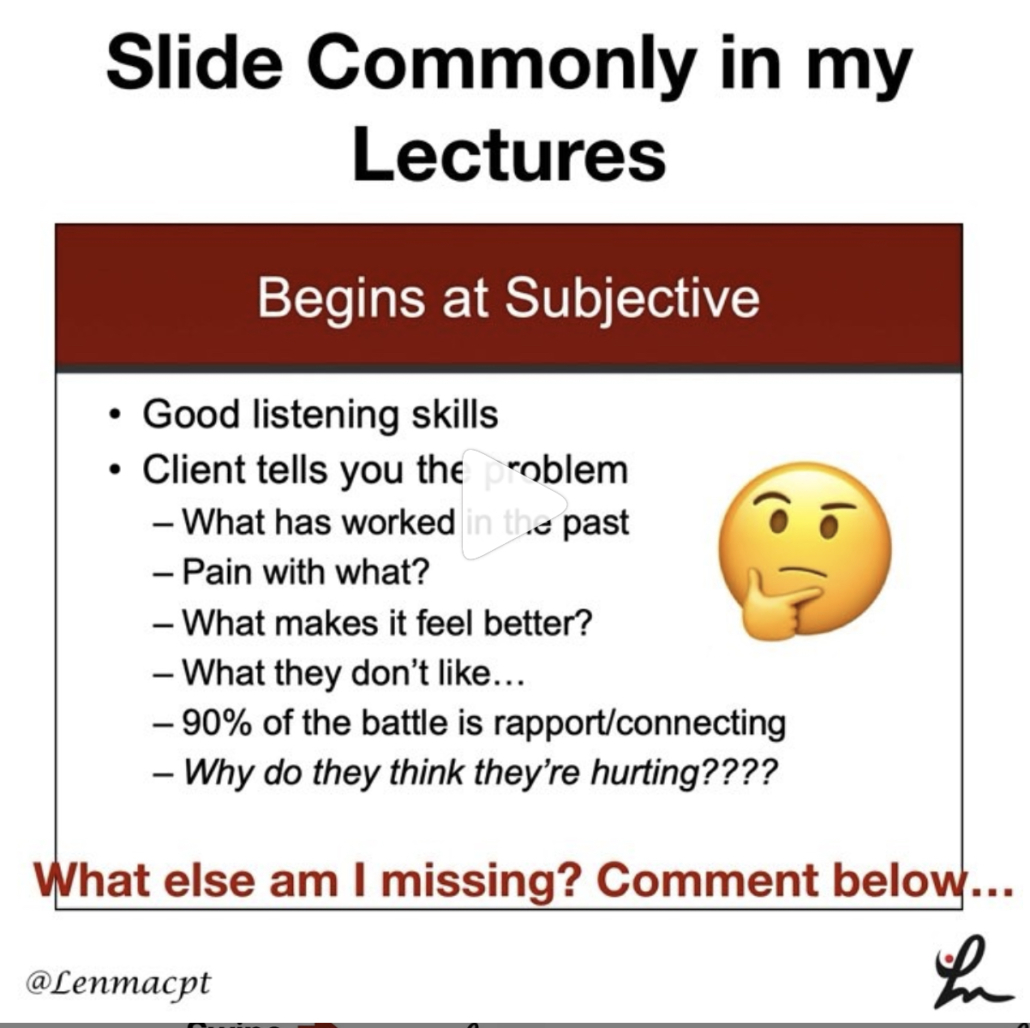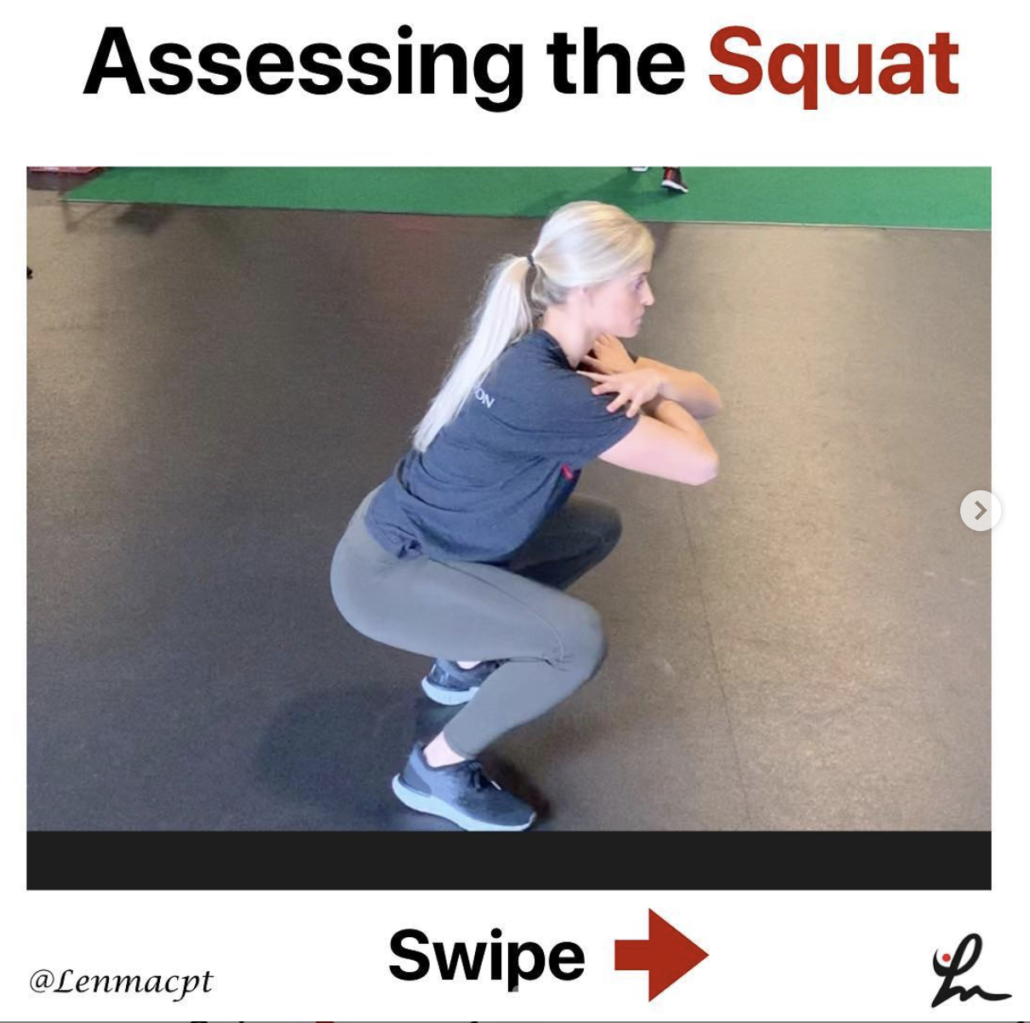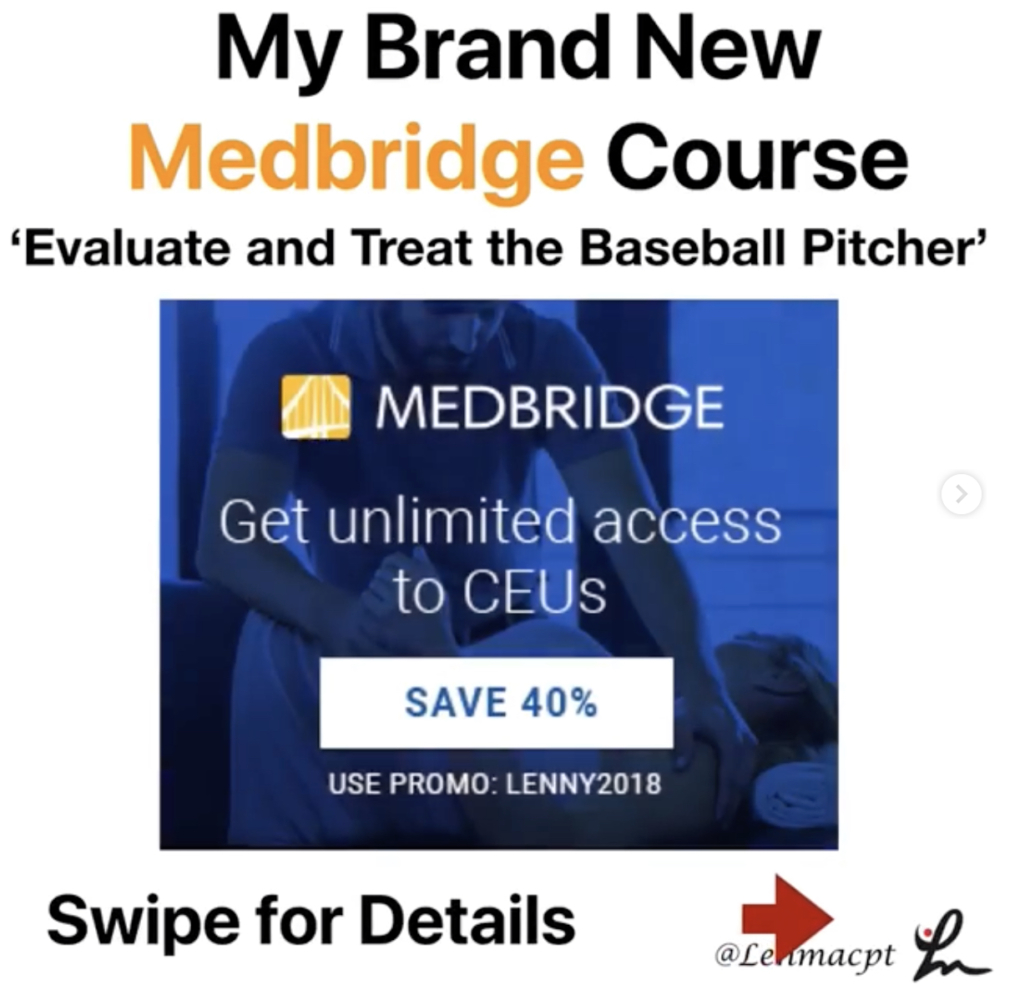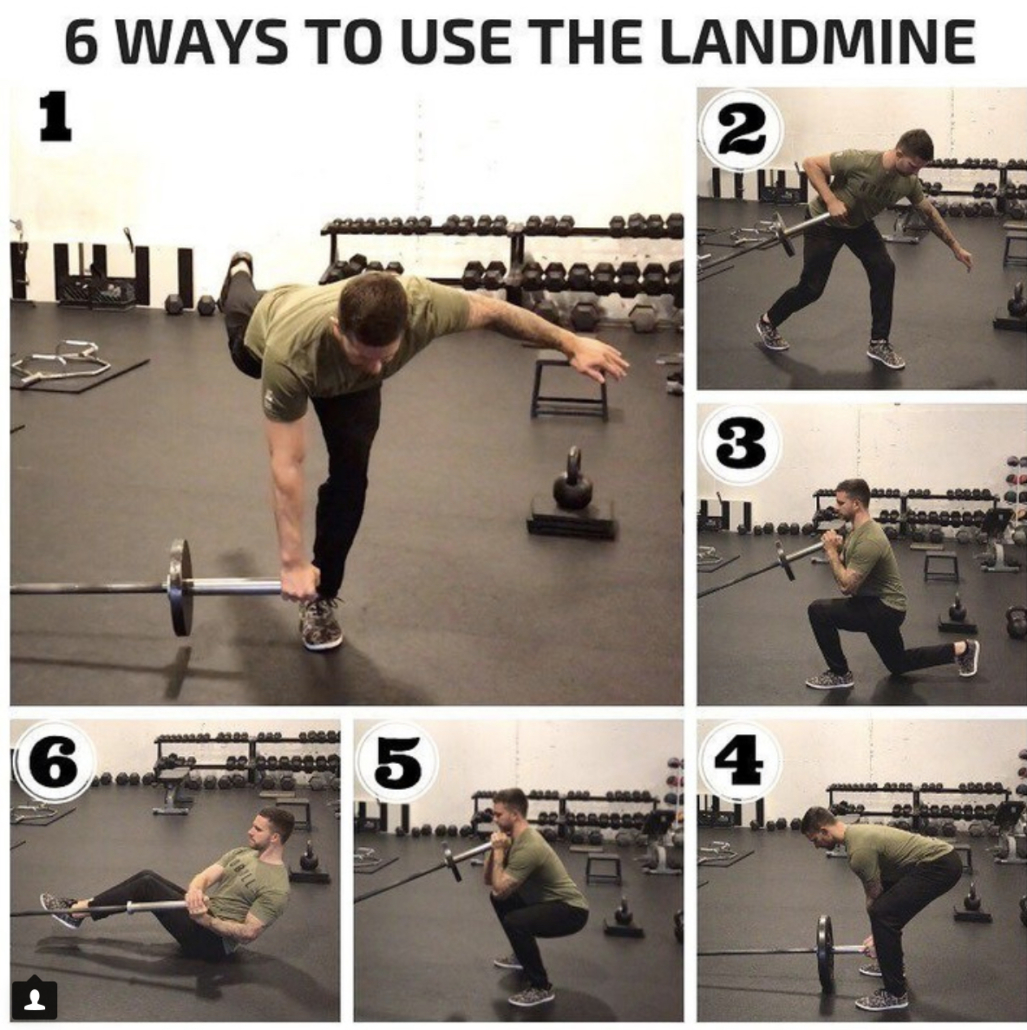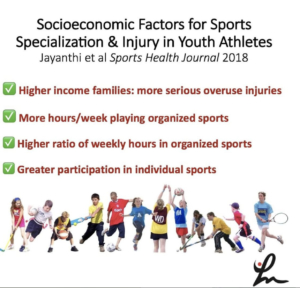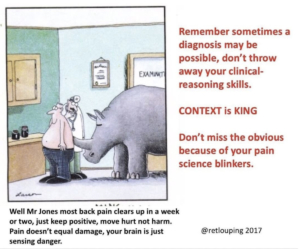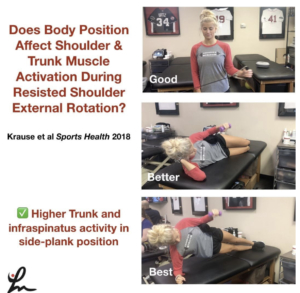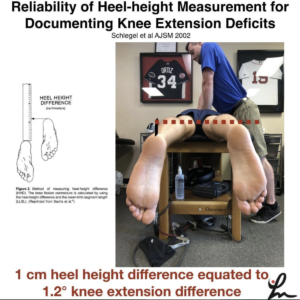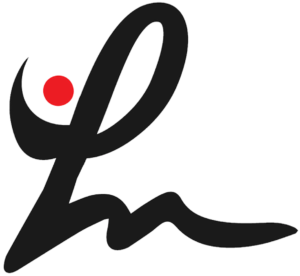Knee Bracing Immediately After an ACL Reconstruction
I recently came across a Facebook post that discussed bracing immediately after an ACL reconstruction and I was intrigued. I read some of the comments and chimed in with my observations and opinions.
In turn, a multi-platform discussion revealed many new details. I wanted to briefly share some of the research and the discussions that came up.
I was very impressed with the discussions by the way. They were very professional, grounded and level-minded.
No one got too emotional (typical of social media) and they really helped to educate and see both sides of the discussion.
What does the Research Say about Bracing after an ACL?
Again, I’m talking about post-op day 1 or as we like to say POD1 as clinicians.
Many people posted a 2007 systematic review that showed ‘no evidence that pain, range of motion, graft stability, or protection from subsequent injury were affected by brace use, thus supporting our hypothesis.’
Another study that kept showing up was a 2012 study in AJSM that said ‘Bracing following ACL reconstruction remains neither necessary nor beneficial and adds to the cost of the procedure.’
Wow! Two pretty high level studies that completely went against my 15+ years of experience.
More studies!
Another study in the Scandinavia Journal of Medicine and Science in Sports looked at brace versus no brace after an autologous patella tendon graft reconstruction.
There were no differences either pre‐operatively or 5 years
Keep in mind there are a ton of studies out there. This study in the Journal of American Academy of Orthopaedic Surgeons suggests ‘that functional bracing may have some benefit with regard to in vivo knee kinematics and may offer increased protection of the implanted graft after ACL reconstruction without sacrificing function, range of motion, or proprioception.’
I have NEVER seen a post-operative ACL patient without a brace immediately after surgery.
Instagram Story Poll will Decide It!
So, what’s the next obvious thing to do? Take it to instagram and see what they have to say?
So I did a poll in my story and the results favored immediately bracing after surgery which goes completely against the literature.
Pretty interesting and I’d say overwhelmingly confirmed my biases!
Twitter Discussion
I’m a big Twitter guy so it was only natural to hit up my peeps there to see what they had to say.
I started the Twitter discussion here and an awesome conversation continued between PT’s and MD’s that was so beneficial.
Regional Differences with Bracing
Midwest
It definitely seems that geography plays a huge role! Midwest PT’s and MD’s in St Louis, Minnesota (near Mayo) and Indianapolis (near Dr. Shelborne) were all opinionated. They advocated for NO BRACE.
West Coast
The no-brace crowd extended to the west coast a bit too but we took a curious stop in Colorado. One person said their doctors all brace their patients and limit weight-bearing to 25% for a period of time.
It surprised me to read this! I can maybe understand limiting WB after an ACL-meniscus repair but not for an isolated ACL reconstruction.
Europe
Of note, it seems as if no one in Europe uses a brace immediately after an ACL surgery. Are we that far behind or naive to the literature?
Guess that topic will be for a different day!
For now, I wanted to share this discussion with people and hope to learn a bit more by it.
I know the docs ultimately have the final say. It really was interesting to see the regional differences.
For example, Sylvia Czuppon, a respected professor and researcher from Wash U. in St. Louis, had a 180-degree response from me!
She has basically only seen post-op patients without a brace.
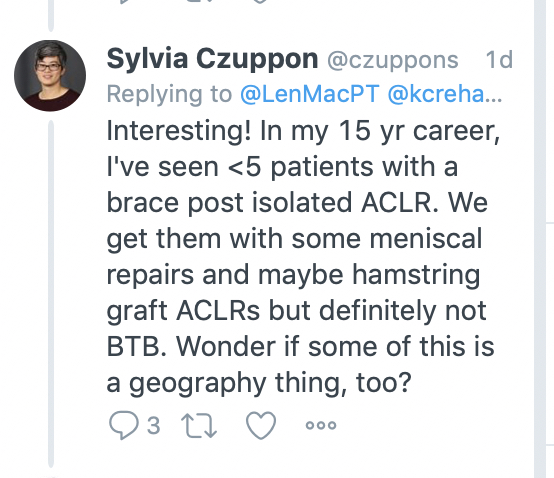
Pretty funny, but it basically sums up our current medical practices.
This should be a lesson for all, especially the students and new grads.
Closing Thoughts
Keep an open mind, learn from the research and do what’s best for your patient!
I worked 11+ years in Birmingham, Alabama with some of the top sports medicine docs in the world. We always braced after an ACL reconstruction.
Same thing here in Boston where I get patients from Children’s Hospital, Mass. General Hospital and other top-notch hospitals.
Every single patient that I have ever seen has won a brace after surgery
With that, it was very interesting to see the results and the literature. It was equally interesting to see the responses.
People were stunned when they heard the other side of the story.
ACL rehabilitation is not easy…trust me. I’ve written bout this before right here. Check it out before you move on!
What do you see in your practice? Do your docs brace immediately after an ACL?
Let’s talk it out in try to come to a consensus. Again, education is the key and we can always do better.


